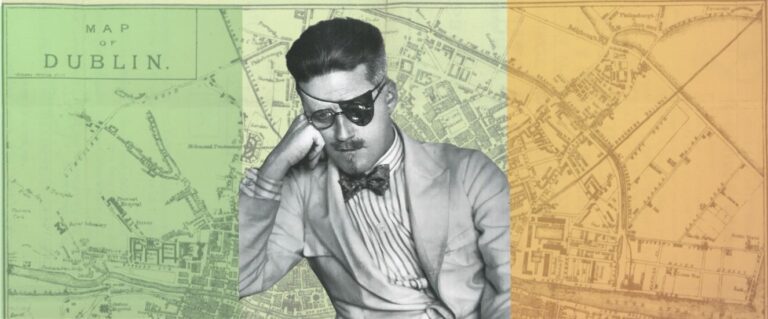I’d bought my copy of James Joyce’s at a Barnes and Noble in Manhattan in 1999, the summer before I left for college, along with a stack of other novels that I was convinced my much-smarter classmates would have already read. How I even decided which novels those were, I am still not sure, but I carried that bronze Modern Library copy of to college in Baltimore, and then it moved with me from dorm to dorm. In three years, I never opened it once.
Then one summer I packed it in a steamer trunk and brought it all the way to Oxford, where I had enrolled in a summer course focused on the works of Joyce...

but even then, I failed to read it. Over four weeks in that class, I’d enjoyed and and managed to keep up with our Irish professor’s lectures on secular epiphanies and Irish nationalism and unattached third person points of view—and then we turned to the mammoth, 768-page . We attempted the opening section together, which he called “the Telemachiad,” but with each chapter I became more lost than before.
Who was Buck Mulligan? Who was Kinch? What the hell were they talking about? Every line seemed like a cypher, or in some foreign language—sometimes they quite literally were. Our professor seemed unsurprised that we weren’t getting into it, even after he gave us a schema that explained the themes and explained that Joyce’s contemporaries had been similarly puzzled, until he’d given them this guide. We settled in with these charts that paralleled the chapters .
















